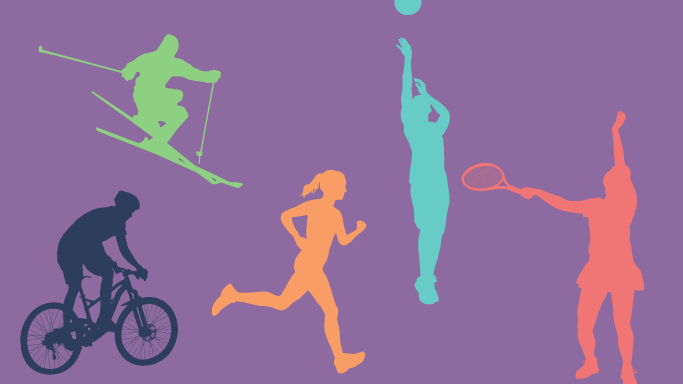
When Dena Smith discovered the sport of Olympic weightlifting at 19, no women actually competed at the Olympics. Her boyfriend at the time–whom she would later marry–competed in weightlifting and his coach encouraged her to try it out. Smith hesitated, since there weren’t many women in the sport but recalled the coach telling her that women weightlifters would soon make a breakthrough. In 1992, she was the sole woman competing in her area and as a result, Smith had to compete against men.
“We didn’t have women’s weight classes so it was very unfair in the beginning,” she said. “If I was someone who was a hundred pounds at that point, I would be competing against anyone in the one hundred pound class. These were smaller men, but they were lifting twice the amount as myself. So, if there were only two men in that class, I would get a third place medal.”

As the years went on, Olympic weightlifting started to catch on with more women and finally in 2000, female weightlifters made it into the Olympics. Smith recalled winning the Empire State Games numerous times, earning a fourth place medal at a national event, and even setting a world record at the time in the women’s 50 kilo-class. Eventually, Smith had children, stepping back from competing and taking up coaching and work as a national-level referee.
Having watched visibility for female weightlifting blossom firsthand, Smith personally takes issue with biological males now participating in her sport. She said that weightlifter’s mixed feelings about inclusivity often revolves around privacy.
“I could go on and get my international credentials, so I asked about what happens if I refuse to weigh-in someone, opposite to my gender,” she said, noting how the weigh-in process is sometimes invasive. Smith said that if she were to refuse to weigh-in a biological male weightlifter, her credentials are subject to be taken away.

“There have been many times where I have had to weigh-in [biological] women who were naked,” said Smith. “I don’t believe that I should be weighing-in biological males because the only [biological male] I should be seeing like that is my husband. It’s not to hurt anyone’s feelings, but it’s just my beliefs.”
Smith said that she hasn’t witnessed fellow athletes’ motivation decline as a result of competing against trans-identifying athletes, because at this moment in time, those athletes aren’t at the top level in her area. For example, the 2021 Tokyo Olympics, a 43-year-old natal male weightlifter from New Zealand, Laurel Hubbard, made nationwide headlines for competing against biological females. Hubbard however failed to complete the first three lifts and was ruled out of medal contention.
Biological males who identify as transgender and take hormone replacement will still place biological female athletes at a disadvantage, Smith pointed out. In development and through puberty, men experience bodily changes that render their physical abilities vastly different from women’s. From skeletal structure, lung capacity, muscle mass, fat distribution, aerobic capacity and more, male athletes have significant, lasting advantages. This is true even if they undergo transgender hormone replacement therapies.
“We made such strides and did not get into the Olympics until the year 2000. We fought so long to get into the world championships–not until 1997–which is also late. It was a long road to get women into weightlifting. So if we continue to allow biological males to take over, where do women go?”

